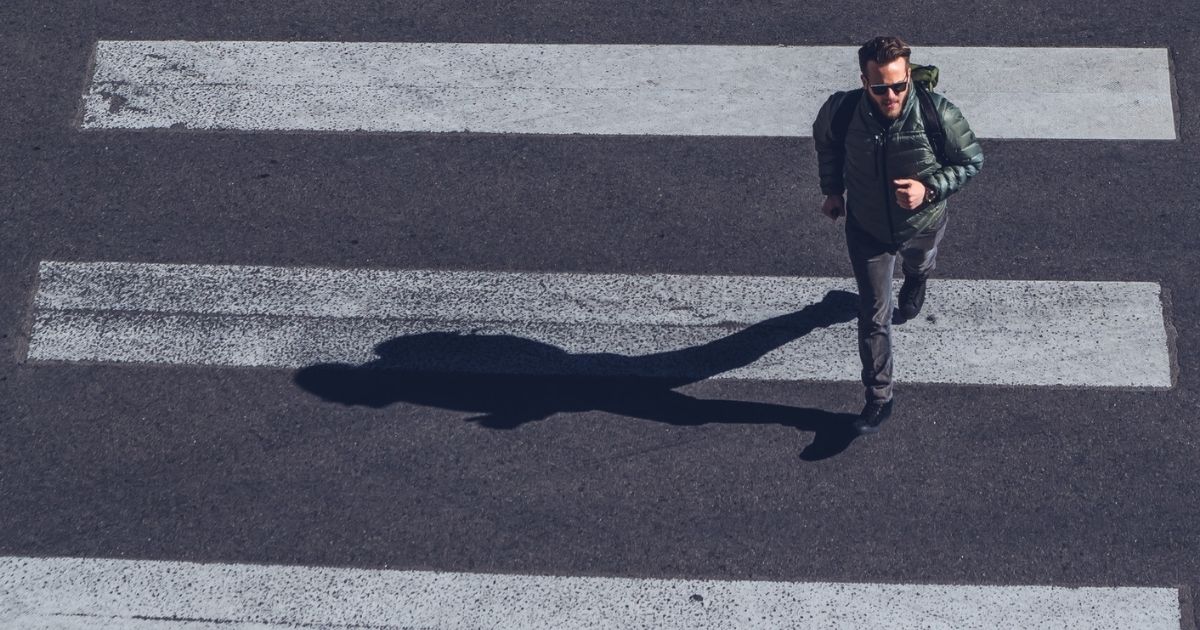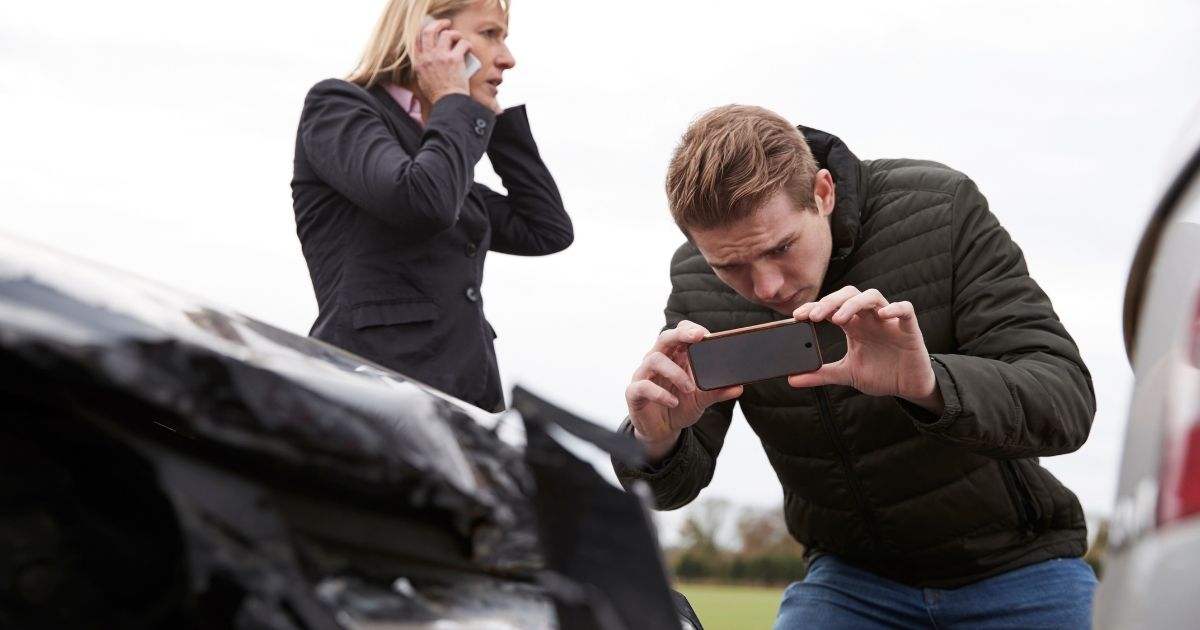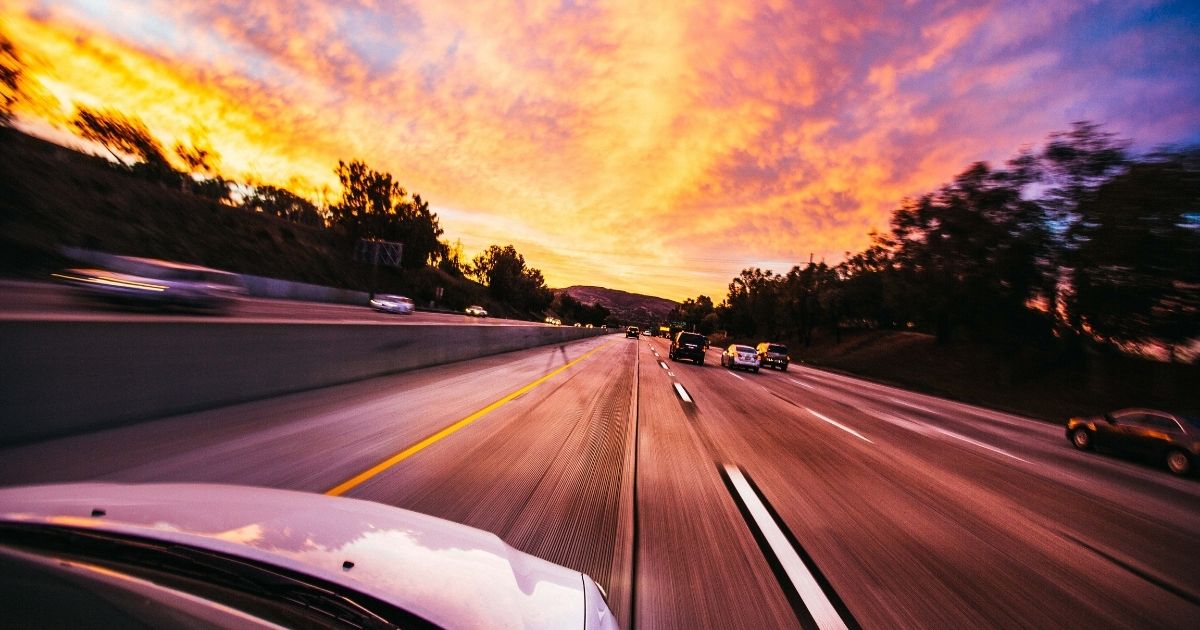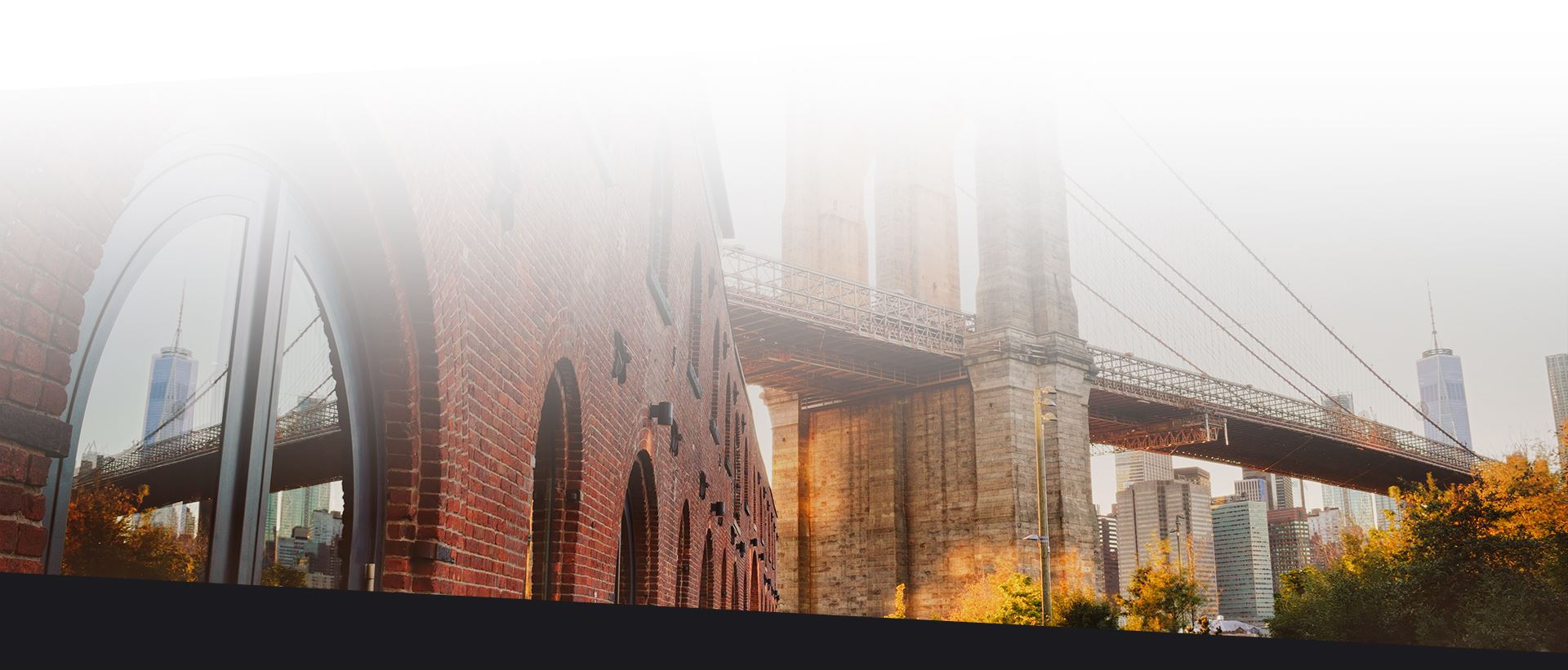The rise of rideshare services such as Uber has made getting around cities more convenient, but it has also increased the volume of traffic. With the number of rideshare vehicles in Uber-dense areas, pedestrians are facing new risks. However, there are strategies pedestrians can employ to stay safe, including areas with high Uber traffic.
What Are Common Hazards Pedestrians Face in Uber-Dense Areas?
While rideshare drivers are usually attentive, the frequent flow of passengers can lead to distractions. Other rideshare drivers create hazardous and unpredictable situations as well.
- Sudden stops and unpredictable vehicle pullovers by rideshare drivers, especially when picking up or dropping off passengers.
- Distracted drivers who may fail to yield the right of way at crosswalks or attempt to make quick turns.
- Reduced visibility when crossing between parked cars, where drivers may not see pedestrians clearly.
Pedestrians should stay alert in high-traffic areas and be cautious of these potential dangers, particularly in unfamiliar environments.
How Can Pedestrians Avoid Getting Hit While Waiting for an Uber?
It is common for pedestrians to stand on sidewalks or curbs while waiting for a ride. However, in areas where Uber activity is heavy, standing too close to the street can increase the risk of accidents. It is best to wait in a location that is set back from the curb, such as a building entrance or a designated waiting area. By standing a few steps away from the curb, pedestrians avoid being in the path of vehicles that may be pulling over to pick up passengers.
If waiting for a ride on a busy street, pedestrians should avoid engaging with their phones too much. While it is tempting to check the Uber app for ride details, distractions like texting or browsing social media can divert attention from surrounding traffic. Even for short moments, a lack of awareness can lead to accidents.
What Should Pedestrians Do at Uber Pick-Up and Drop-Off Locations?
Pedestrian safety is particularly important around Uber pick-up and drop-off zones. These locations tend to have high traffic, with drivers often stopping abruptly to accommodate passengers. Pedestrians should avoid standing directly in the pick-up zone to allow cars to move freely. If it is necessary to walk near these zones, pedestrians should make eye contact with drivers before crossing in front of them.
When crossing streets in areas with high Uber activity, pedestrians should use designated crosswalks whenever possible. While it may be tempting to cross between parked cars or at an unmarked intersection, doing so increases the risk of being overlooked by drivers. Even in areas where jaywalking is common, using marked crosswalks provides the most protection.
How Can Pedestrians Stay Safe When Crossing Streets in High-Traffic Areas?
Pedestrians can take several steps to protect themselves when crossing streets, especially in areas crowded with rideshare cars. The first and most important step is to remain visible at all times. Pedestrians should avoid crossing at night or in low-light conditions without reflective clothing or gear. In areas with dense Uber traffic, be extra vigilant when crossing and be aware that not all drivers will stop when they should.
If a pedestrian is crossing an intersection, they should wait until the traffic signal indicates it is safe to cross. Even when the pedestrian signal is green, it is still wise to pause and check that vehicles have completely stopped. This small delay can prevent serious accidents.
Protect Your Rights and Get Help with Your Case from the Brooklyn Car Accident Lawyers at Rubenstein & Rynecki
If you were injured in a pedestrian accident caused by a rideshare vehicle, you should consult with a knowledgeable lawyer who can help protect your rights. The Brooklyn car accident lawyers at Rubenstein & Rynecki offer free consultations and can fight for the compensation you deserve for your injuries. Complete our online contact form or call our Brooklyn, New York, office at 718-522-1020. We proudly serve clients throughout New York City, including Brooklyn, The Bronx, Manhattan, Queens, and Staten Island.






